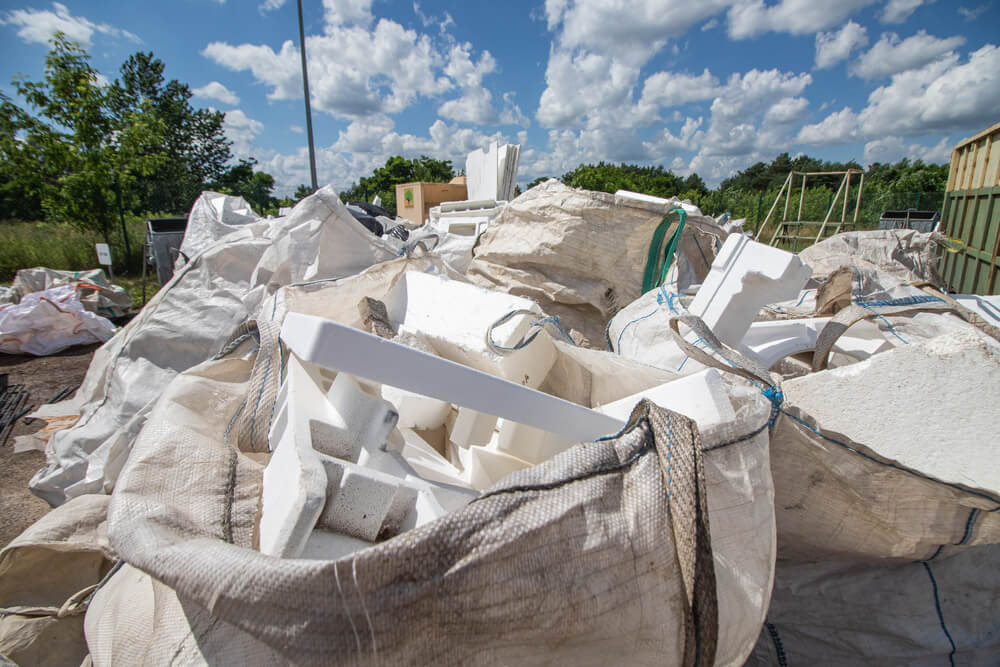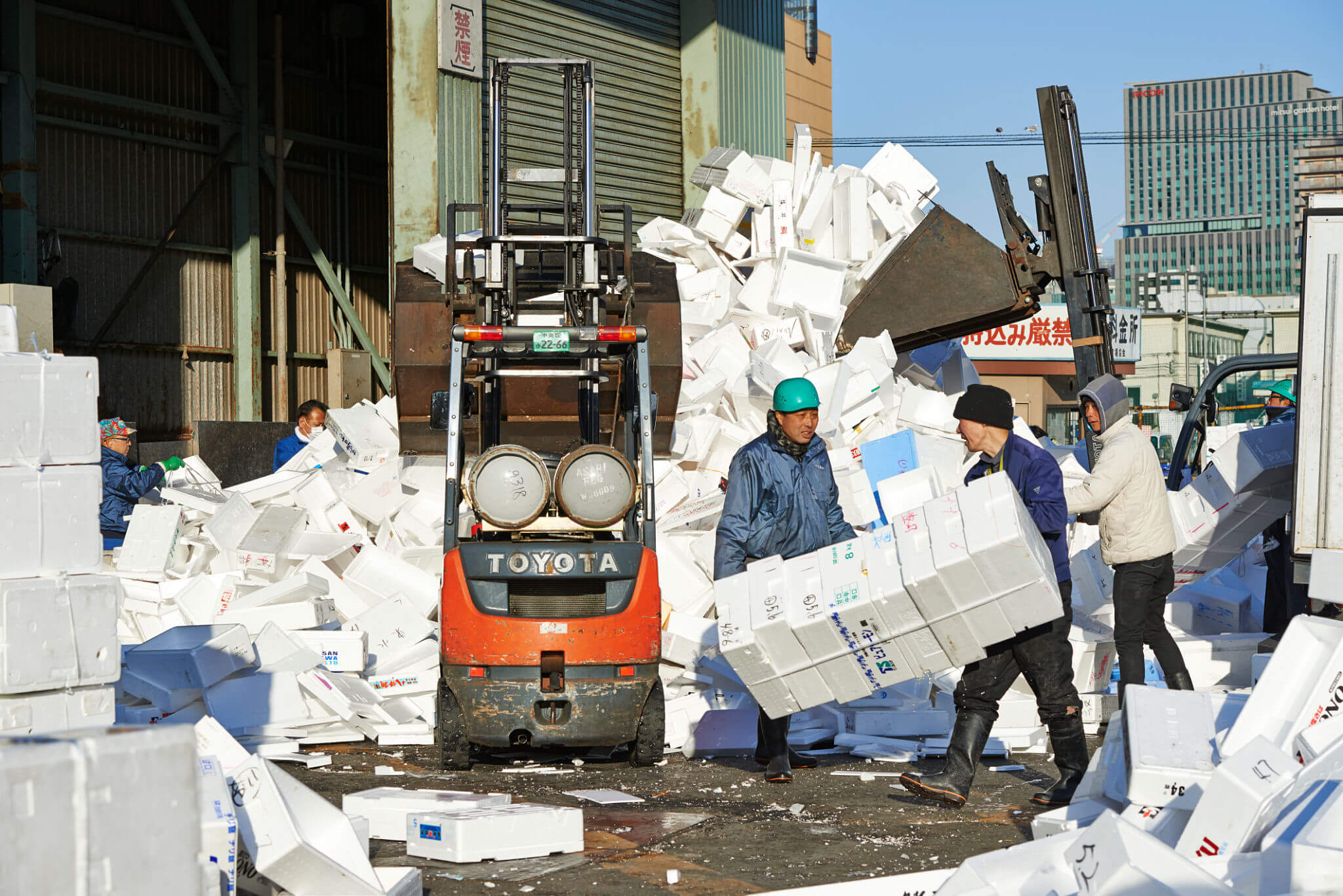
Styrofoam, commonly referred to as expanded polystyrene foam, is a lightweight material widely used for packaging and insulation. Its popularity stems from its excellent cushioning properties and cost-effectiveness. However, the environmental impact of Styrofoam has become a growing concern in recent years.
One of the primary issues with Styrofoam is its contribution to waste. Due to its lightweight nature and bulkiness, it occupies significant space in landfills without breaking down easily. This leads to long-term environmental consequences as it persists for hundreds of years.
The question “Is Styrofoam recyclable?” often arises when discussing sustainable practices. While technically recyclable, the process is not straightforward or widely available due to economic and logistical challenges. The recycling of polystyrene foam requires specialized facilities that can handle its unique composition, which are scarce in many regions.
Understanding the complexities surrounding Styrofoam’s recyclability is crucial in addressing its environmental impact effectively. As awareness grows, exploring alternative materials and improving recycling infrastructure are essential steps toward mitigating Styrofoam waste’s adverse effects on our planet.
The Challenges of Recycling Styrofoam (Why It’s Not as Simple as You Think)
Styrofoam, known technically as expanded polystyrene (EPS), presents significant challenges in the recycling world. Unlike materials such as glass or aluminum, which can be easily melted down and reformed, styrofoam recycling difficulties arise from its composition and structure. As a non-biodegradable material, styrofoam doesn’t break down naturally over time, contributing to environmental concerns.
One of the primary issues with the recycling process for styrofoam is its lightweight nature. Although this makes it an excellent insulator and packaging material, it also means that transporting used EPS to recycling facilities is often not cost-effective. The energy required to compress and ship it can outweigh the benefits of recycling.
Furthermore, polystyrene recycling issues are compounded by contamination. Styrofoam used for food packaging often becomes soiled with oils and residues that complicate the cleaning process necessary for effective recycling. Even when clean EPS is collected, many municipal programs lack the specialized equipment needed to handle it efficiently.
These challenges highlight why styrofoam isn’t as straightforward to recycle as other materials. Efforts continue in developing innovative solutions to address these hurdles, but until then, reducing its use remains a critical step towards minimizing environmental impact.
Where Can You Recycle Styrofoam? Facilities and Programs Available

Recycling Styrofoam, or polystyrene, can be a bit more challenging than recycling other materials due to its lightweight and bulky nature. However, there are facilities and programs dedicated to ensuring that this material is recycled properly. If you’re wondering “Where can I find styrofoam recycling near me?”, the first step is to check with your local waste management authority. Many communities have designated drop-off locations for Styrofoam where you can bring your used foam products.
In addition to local options, there are specialized recycling programs specifically designed for foam products. These programs often partner with businesses and municipalities to collect and process Styrofoam efficiently. Some of these initiatives even offer mail-back services, allowing you to send in your Styrofoam if a nearby facility isn’t available.
For those seeking more direct solutions, local polystyrene recycling centers may also be an option. These centers focus on converting used foam into new products or materials that can be reused in various industries. By utilizing these resources, you not only help reduce landfill waste but also contribute to sustainable practices within your community.
Remember that not all recycling centers accept Styrofoam due to the specific equipment required for processing it. Therefore, it’s crucial to verify the acceptance policies of any facility or program before making a trip. With the right information and resources at hand, finding effective ways to recycle Styrofoam becomes much easier and environmentally rewarding.
Alternatives to Styrofoam (Eco-Friendly Options for Packaging and Beyond)
As the world becomes increasingly aware of environmental issues, the search for sustainable packaging alternatives to Styrofoam has gained momentum. Styrofoam, known for its lightweight and insulating properties, is notorious for its environmental impact due to its non-biodegradable nature. Fortunately, there are numerous eco-friendly replacements available that serve similar functions without harming the planet.
One popular alternative is biodegradable packing materials made from plant-based sources such as cornstarch or sugarcane. These materials break down naturally over time and reduce landfill waste significantly. Cornstarch packaging, for example, offers a compostable option that retains the protective qualities needed in shipping and storage.
Another promising solution lies in mushroom packaging. This innovative material uses agricultural waste bonded with mycelium (the root structure of mushrooms) to create sturdy yet biodegradable products. Mushroom packaging can be molded into various shapes and sizes, making it an excellent substitute for Styrofoam cups and containers.
Recycled paper products also present a viable option for sustainable packaging. By utilizing recycled paper pulp, manufacturers can produce protective cushioning and fillers that are both effective and environmentally friendly. These products are easily recyclable after use, contributing further to their sustainability credentials.
Additionally, some companies are exploring seaweed-based materials as eco-friendly replacements. Seaweed grows abundantly without requiring fresh water or fertilizers, making it an attractive resource for creating sustainable packaging solutions.
By adopting these biodegradable packing materials and other sustainable alternatives, businesses can significantly reduce their environmental footprint while still meeting their packaging needs effectively. As innovation continues to drive the development of new eco-friendly options, transitioning away from Styrofoam becomes not only feasible but also essential in our journey toward a more sustainable future.
